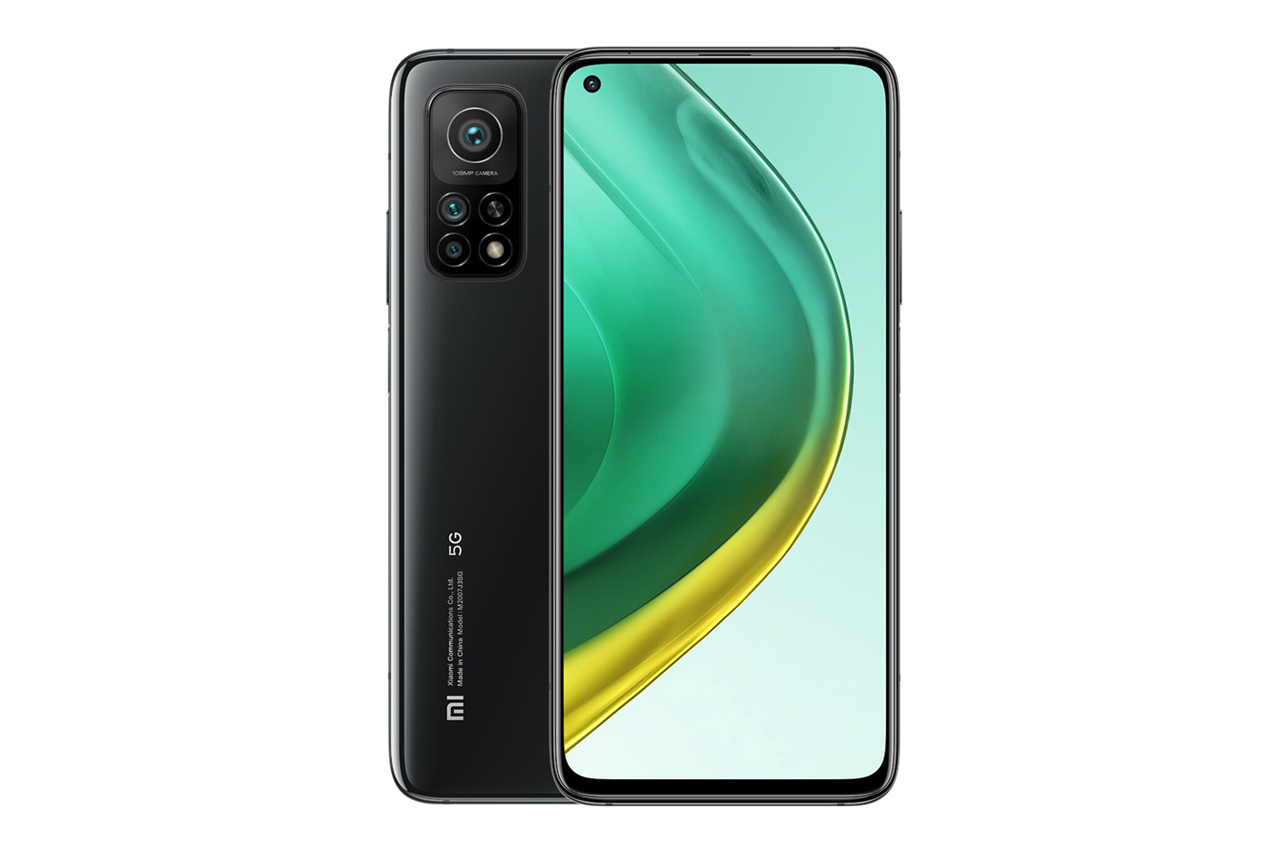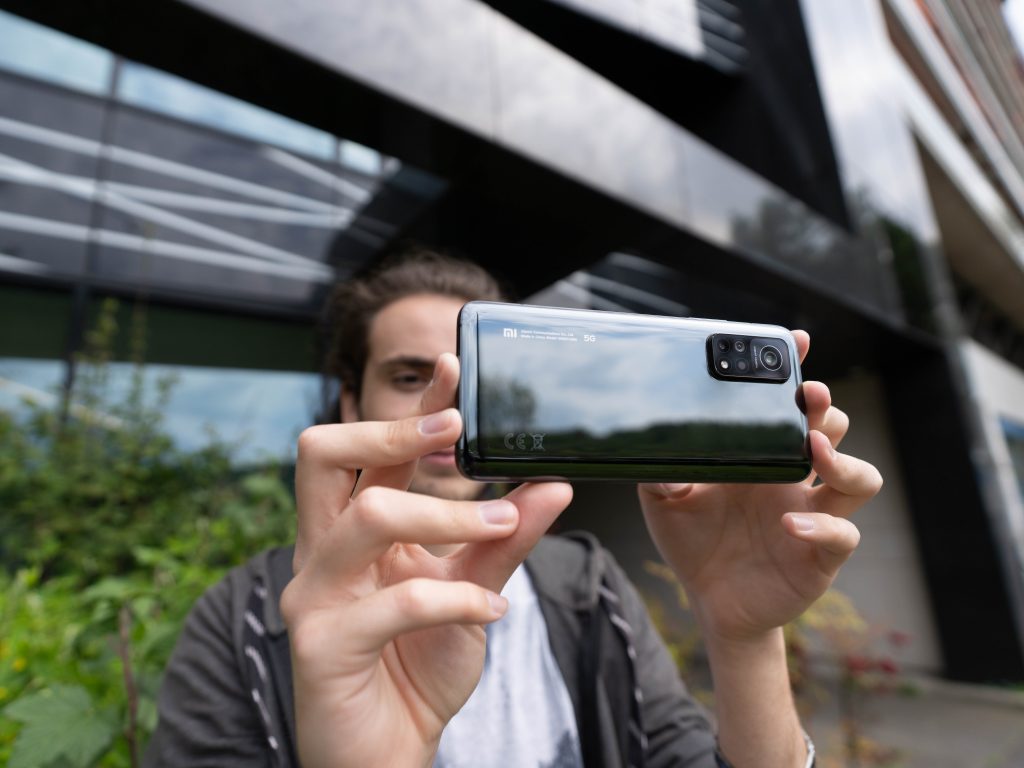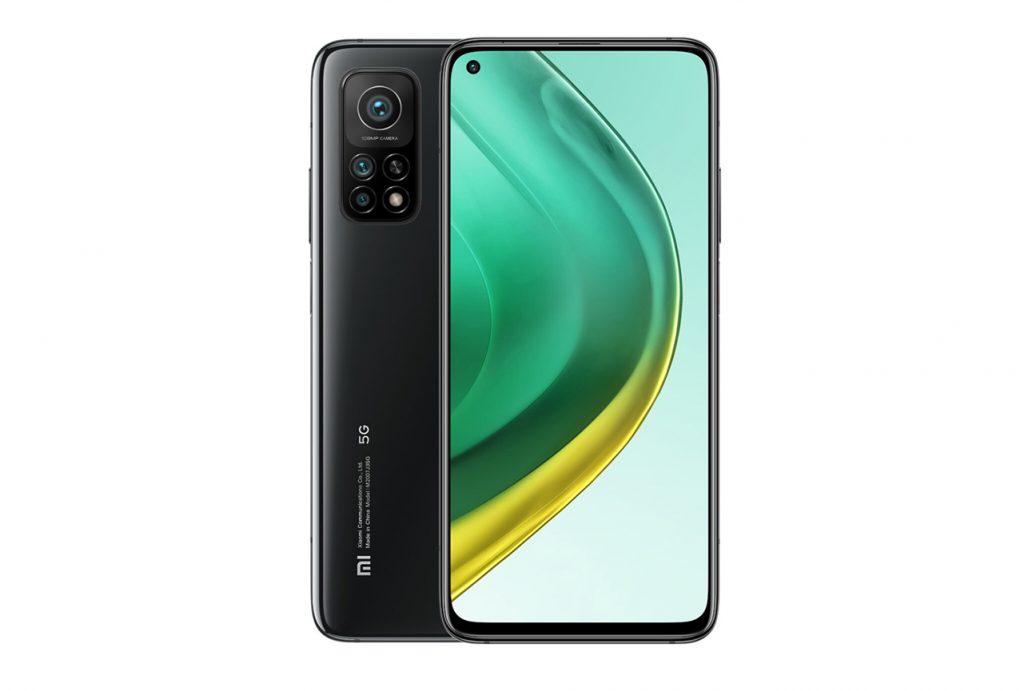Xiaomi announced its Mi 10T Pro 5G smartphone in September 2020 at an initial launch price that places it in our high-end ($400-599) segment. Packaged with a 33W charger, the Mi 10T Pro 5G comes with a larger-capacity (5000 mAh) battery than most comparably-priced phones, which should help keep its high-end chipset, large 6.67-inch LCD display, and a triple camera setup with a 108 MP main camera running longer.
We put the Xiaomi Mi 10T Pro through our comprehensive set of Battery protocol tests and will present our most important findings in this review.
Key specifications:
- Battery capacity: 5000 mAh
- 33W charger included
- 6.67-inch FHD+ LCD IPS, 1080 x 2400, 144 Hz display
- Qualcomm Snapdragon 865 (7nm) chipset, 5G
- Tested ROM / RAM combination: 256 GB + 8 GB
About DXOMARK Battery tests: For scoring and analysis in our smartphone battery reviews, DXOMARK engineers perform a variety of objective tests over a week-long period both indoors and outdoors. This article highlights the most important results of our testing. (See our introductory and how we test articles for more details about our smartphone Battery protocol.)
Test summary
Scoring
Sub-scores and attributes included in the calculations of the global score.

Xiaomi Mi 10T Pro 5G


Key performances
These key points are derived from the lab measurements during testing and do not figure into the overall score. The lab measurements, however, are used for the overall score.
 117th
117th
 26th
26th
Pros
- Provides more than 2 days of autonomy for average use
- Lower consumption than competition during active hours
- Very efficient charge adapter included in box
Cons
- Slower to charge than the competition because of 33W charger (vs 65W)
- Higher consumption than competition for 4G and WiFi video streaming
- Poor autonomy when using high-resolution (108 MP) camera
The Xiaomi Mi 10T Pro 5G put in a strong showing for autonomy, with battery life lasting more than 2.5 days during average use. It also consumed less power than its competitors, even though it gobbled up more in a few key areas, such as when video streaming and when using its high-resolution camera. Although its included 33W charger was very efficient, it did not come close to charging the Mi 10T Pro 5G as quickly as the 65W chargers included with its competitors’ phones.
We compared the Xiaomi Mi 10T Pro 5G’s performance in several key categories with two other high-end devices, the OnePlus 8T and the Oppo Find X3 Lite; battery capacity, charger, display type and resolution, and processor specifications for all three devices are shown in the table below.
|
Xiaomi Mi 10T Pro 5G |
OnePlus 8T |
Oppo Find X3 Lite |
|
| Battery (mAh) |
5000 |
4500 |
4300 |
| Charger (W) |
33W |
65W |
65W |
| Display type |
IPS LCD |
AMOLED |
AMOLED |
| Resolution |
1080 x 2400 |
1080 x 2400 |
1080 x 2400 |
| Processor |
Qualcomm Snapdragon 865 (7 nm) |
Qualcomm Snapdragon 865 (7 nm) |
Qualcomm Snapdragon 765G (7 nm) |
Autonomy (62)
How long a battery charge lasts depends not only on battery capacity, but also other aspects of the phone’s hardware and software. The DXOMARK Battery autonomy score is composed of three performance sub-scores: (1) Stationary, (2) On the go, and (3) Calibrated use cases. Each sub-score comprises the results of a comprehensive range of tests for measuring autonomy in all kinds of real-life scenarios.
With a score of 62, the Xiaomi Mi 10T Pro 5G soundly topped the competition in nearly every autonomy metric. Used lightly, the Mi 10T Pro offers well over 3 days of battery life; more than 2 days of average use; and over 30 hours of intensive use (which translates to about 7 hours of active use per day).
In passing, it is worth noting that the Mi 10T Pro’s power falls off very abruptly once it reaches 20% on the battery indicator.
Let’s dive a bit deeper into some of the details of its performance in our autonomy sub-attributes.

Stationary
Xiaomi Mi 10T Pro 5G
67
104
A robot housed in a Faraday cage performs a set of touch-based user actions during what we call our “typical usage scenario” (TUS) — making calls, video streaming, etc. — 4 hours of active use over the course of a 16-hour period, plus 8 hours of “sleep.” The robot repeats this set of actions every day until the device runs out of power.
The Xiaomi Mi 10T Pro 5G provides 61 hours — more than 2.5 days — of TUS autonomy, which is longer by some 15 hours than both the OnePlus 8T and the Oppo Find X3 Lite, as you can see in the graph below:

On the go
Xiaomi Mi 10T Pro 5G
56
96
Using a smartphone on the go takes a toll on autonomy because of extra “hidden” demands, such as the continuous signaling associated with cellphone network selection, for example. DXOMARK Battery experts take the phone outside and perform a precisely defined set of activities while following the same three-hour travel itinerary for each device.

The Xiaomi battery provided an average amount of autonomy in our on-the-go use cases. That said, it lagged behind its Oppo and OnePlus competitors when it came to making phone calls, and put in a particularly poor showing when using its high-resolution camera for taking stills and videos, which caused a significant drain of battery power. A bright spot was the Mi 10T Pro 5G’s good autonomy when using GPS and Spotify.

Calibrated
Xiaomi Mi 10T Pro 5G
62
100
For this series of tests, the smartphone returns to the Faraday cage and our robots repeatedly perform actions linked to one specific use case (such as gaming, video streaming, etc.) at a time. Starting from an 80% charge, all devices are tested until they have expended at least 5% of their battery power.
The Xiaomi Mi 10T Pro 5G did very well when using 4G to stream music. Where it fell behind a bit was in making 3G calls, but this was a relatively minor glitch in a satisfactory performance overall.
Charging (79)
The DXOMARK Battery charging score is composed of two sub-scores, Full charge and Quick boost. Full charge tests assess the reliability of the battery power gauge; measure how long it takes to charge a battery from 0% to 80% capacity and from 80 to 100%; and measure how long and how much power the battery takes to go from an indicated 100% to an actual full charge. With the phone at different charge levels (20%, 40%, 60%, 80%), Quick boost tests measure the amount of charge the battery receives after being plugged in for 5 minutes.
Although it has a fairly good score for autonomy, the Xiaomi Mi 10T Pro 5G nonetheless landed a ways behind both the Oppo Find X3 Lite and the OnePlus 8T for charging, as its 33W charger couldn’t keep up with either rival’s 65W charger when it came to reaching a full charge, nor for taking on power when plugged in for five minutes.

Full charge
Xiaomi Mi 10T Pro 5G
78
121
Compared to many phones, the Mi 10T Pro 5G’s total charging time of 1 hour and 9 minutes to go from a completely empty battery to a completely full battery is really quite good:
That said, the Xiaomi device is much slower to charge than either of its competitors in this review, both of which took only right around 40 minutes in all, as you can see in the chart below:

Quick boost
Xiaomi Mi 10T Pro 5G
77
111
By plugging in the Xiaomi device for 5 minutes when it has a battery charge under 80%, users will gain more than 3.5 hours of autonomy, which translates into nearly 45 minutes of use. When plugging in while gaming at a low battery level, the Mi 10T Pro takes 2.5 minutes to raise its battery level by 1% — a snail’s pace compared to both the OnePlus 8T at 17 seconds and the Oppo Find X3 Lite at 24 seconds.
| Xiaomi Mi 10T Pro 5G | OnePlus 8T | Oppo Find X3 Lite | ||
| Autonomy boost (hh:mm) | 20% | 3:50 | 5:42 | 5:56 |
| 40% | 3:58 | 5:17 | 5:27 | |
| 60% | 3:48 | 4:22 | 3:33 | |
| 80% | 3:23 | 2:30 | 3:05 | |
| Percentage boost | 20% | 9.5 % | 17.9 % | 18.9 % |
| 40% | 9.9 % | 16.6 % | 17.4 % | |
| 60% | 9.5 % | 13.7 % | 11.3 % | |
| 80% | 8.4 % | 7.8 % | 9.8 % | |
| Energy consumed | 20% | 2416 mWh | 3847 mWh | 3983 mWh |
| 40% | 2498 mWh | 3565 mWh | 3668 mWh | |
| 60% | 2397 mWh | 2941 mWh | 2384 mWh | |
| 80% | 2131 mWh | 1685 mWh | 2069 mWh |
Efficiency (69)
The DXOMARK power efficiency score consists of two sub-scores, Charge up and Discharge rate, both of which combine data obtained during robot-based typical usage scenario testing, outdoor mobility testing, charging evaluation, and power measurements, and then take into consideration the device’s battery capacity.

Charge up
Xiaomi Mi 10T Pro 5G
71
105
Coming in at 90%, the Xiaomi Mi 10T Pro 5G’s adapter shows the best performance in our entire database as of this writing. That said, its entire charging system (which includes not just the charger but also internal smartphone circuits) shows less impressive 76% nominal efficiency (versus nearly just under 80% for the Oppo and just over 80% for the OnePlus 8T).
After the phone was fully charged but still plugged in, the Xiaomi adapter handled residual power (power expended from the outlet) significantly more efficiently than either the OnePlus or the Oppo adapters. With the phone unplugged (but the charger still in the wall socket), both the Xiaomi and the OnePlus adapters were more efficient than the Oppo adapter.

Discharge
Xiaomi Mi 10T Pro 5G
70
121
The Xiaomi Mi 10T Pro 5G’s overall power discharge rate during active hours is lower than the competition’s, as we saw in our typical usage scenario autonomy tests, though it does consume more power when video streaming, whether via a 4G network or Wi-Fi.
Conclusion
The Xiaomi Mi 10T Pro 5G shows quite good autonomy in the high-end segment, besting the competition by more than half a day’s longevity in our typical usage scenario. Further, its larger battery capacity helped keep it ahead of the other devices in nearly all of our calibrated use cases, with the notable exception of camera use, during which power drained quickly. But camera aside, the Xiaomi device retained an overall advantage in autonomy whether lightly or intensively used. However, one significant drawback was that the Mi 10T Pro took about a half-hour longer to reach a full charge than its two rivals in this review, due in no small measure to having only a 33W charger versus the 65W chargers of both the Oppo and OnePlus devices. Still, users should be very satisfied with the Mi 10T Pro 5G’s overall battery performance.



DXOMARK encourages its readers to share comments on the articles. To read or post comments, Disqus cookies are required. Change your Cookies Preferences and read more about our Comment Policy.